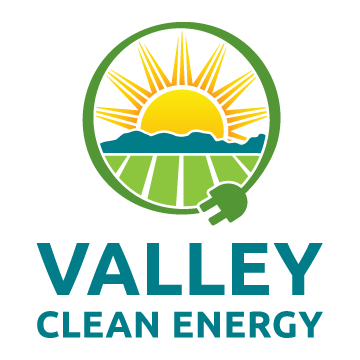Smart Home Improvements Save Energy, Reduce Carbon and Save Money.
It’s always the right time to invest in energy efficient home improvements. The dollars you spend once will keep paying you back in energy and emission savings for years to come.
Here are some of the most effective improvements you might consider for your own home. Check back for updates.



